If You’re Still Doing These 4 Ab Exercises After 40, You’re Wasting Your Time
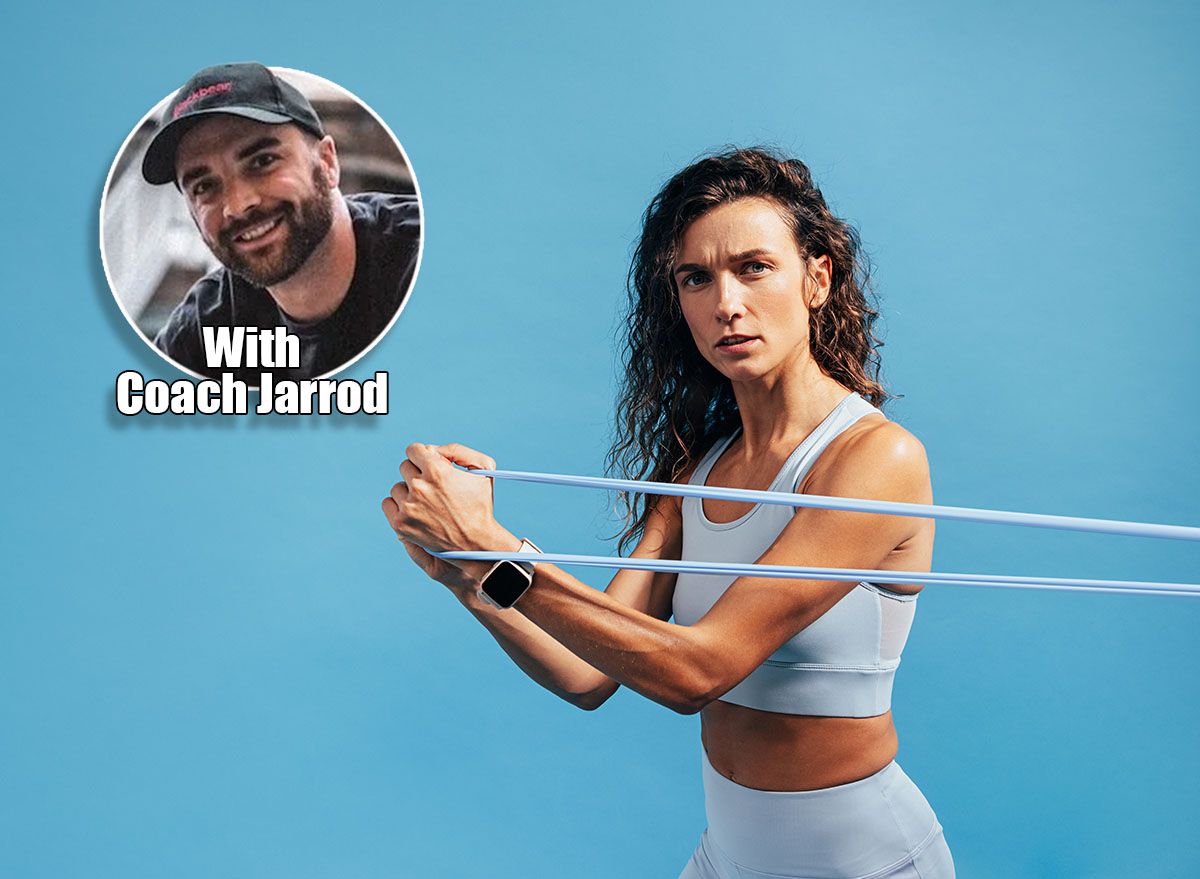
You know the classic scene. Someone on the floor, crunching away, hoping that hundreds of reps will finally reveal a six-pack. Here’s a dose of reality for gymgoers: crunches aren’t all they’re cracked up to be. Most traditional ab exercises fail to deliver the kind of strength, stability, and definition you need after 40. The older you get, the more critical it becomes to train your core smarter and in various ways.
Your core is the entire network of muscles that keep your spine safe, your balance sharp, and your movements strong. I like to define your core as the combination of muscles that reside between your shoulders and your hips. Training it effectively requires more than outdated “burnout” moves from your high school gym class. Some exercises that once felt like staples might now be holding you back from real progress.
If your ab routine hasn’t changed in years, there’s a good chance you’re wasting time. The wrong exercises can cause strain, neglect essential muscles, and give you minimal payoff for the effort you’re putting in. But there’s a better way to train.
Let’s break down four popular ab exercises that no longer deserve a place in your routine and replace them with more innovative, more effective options.
Ab Exercise #1: Basic Crunches
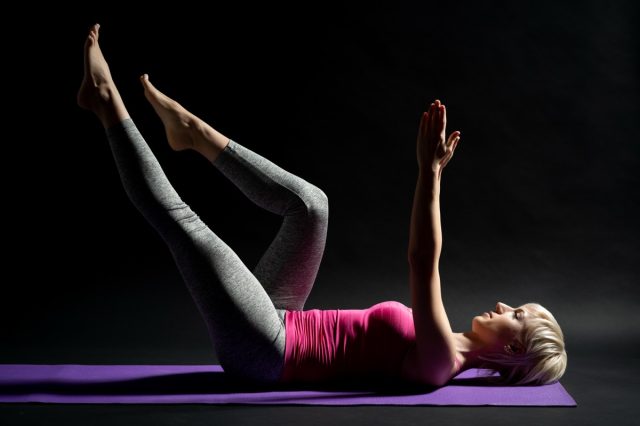
Crunches mainly work the superficial layer of your abs without engaging deeper stabilizing muscles. They put unnecessary pressure on your neck and lower back, which can lead to discomfort or injury. They also fail to challenge your core in ways that carry over to real-life strength.
What to Do Instead: Dead Bug
How to Do It:
- Lie on your back with your arms extended toward the ceiling and your knees bent at 90 degrees.
- Press your lower back gently into the floor to engage your core.
- Lower your right arm and left leg toward the ground simultaneously while keeping your core tight.
- Return to the starting position and switch sides.
- Continue alternating with controlled movements.
Recommended Sets and Reps: Perform 3 sets of 10 to 12 reps per side. Rest for 30 to 45 seconds between sets.
Muscles Trained: Rectus abdominis, transverse abdominis, hip flexors, spinal stabilizers
Form Tip: Keep your lower back pressed into the floor throughout the movement to maximize core engagement.
Ab Exercise #2: Flutter Kicks
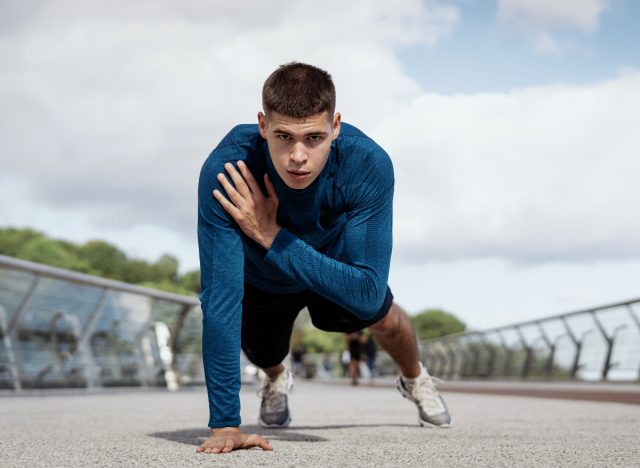
Flutter kicks often lead to excessive lower back arching, which reduces core activation and increases stress on your spine. They primarily target the hip flexors instead of strengthening your entire core.
What to Do Instead: Plank with Shoulder Taps
How to Do It:
- Begin in a high plank position with your hands directly under your shoulders.
- Brace your core and keep your hips level.
- Lift one hand to tap the opposite shoulder while keeping your body as still as possible.
- Place your hand back down and repeat on the other side.
- Continue alternating sides in a controlled fashion.
Recommended Sets and Reps: Perform 3 sets of 12 to 16 taps per side. Rest for 30 to 45 seconds between sets.
Muscles Trained: Rectus abdominis, transverse abdominis, obliques, shoulders, glutes
Form Tip: Keep your hips square and your core braced to prevent twisting.
Ab Exercise #3: Toe Touches
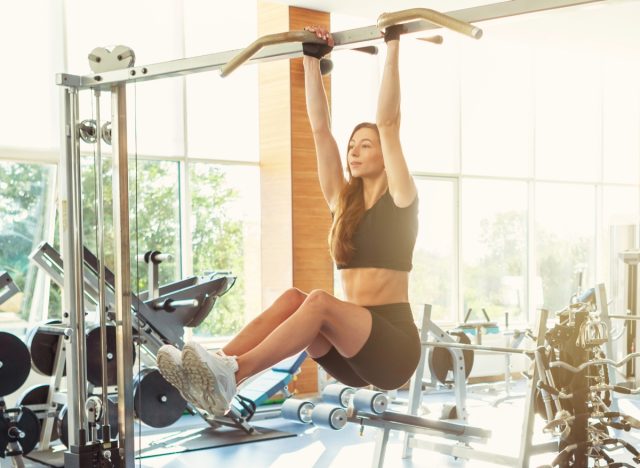
Toe touches provide a limited range of motion and often involve momentum rather than controlled strength. They primarily hit the top of your abs while leaving the deeper core muscles undertrained.
What to Do Instead: Hanging Knee Raises
How to Do It:
- Hang from a pull-up bar with your arms fully extended and legs straight.
- Engage your core and slowly lift your knees toward your chest.
- Lower your legs back down with control.
- Repeat for the desired number of reps.
Recommended Sets and Reps: Perform 3 sets of 8 to 12 reps. Rest for 45 to 60 seconds between sets.
Muscles Trained: Rectus abdominis, hip flexors, transverse abdominis, grip muscles
Form Tip: Move slowly to avoid swinging and keep the tension on your core throughout the movement.
Ab Exercise #4: Russian Twists
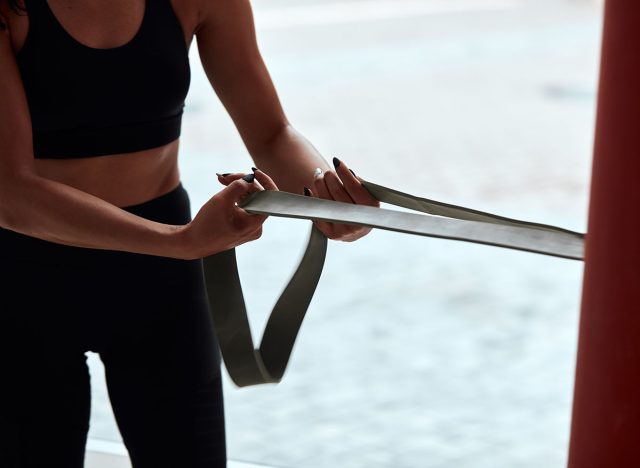
Russian twists often encourage poor posture and strain on your lower back. They focus more on twisting through the spine than building true rotational strength through the core and hips.
What to Do Instead: Pallof Press
How to Do It:
- Anchor a resistance band to a sturdy object at chest height.
- Stand with your side facing the anchor and hold the band with both hands at your chest.
- Step away from the anchor to create tension in the band.
- Extend your arms straight out in front of you and hold for a second.
- Bring your hands back to your chest and repeat.
Recommended Sets and Reps: Perform 3 sets of 10 to 12 reps per side. Rest for 30 to 45 seconds between sets.
Muscles Trained: Obliques, transverse abdominis, rectus abdominis, glutes
Form Tip: Keep your chest tall and squeeze your glutes to stay stable while pressing.
A Coach’s Top Tips for Building Your Core
A strong core goes beyond good-looking abs. It helps you lift more weight, move more efficiently, and stay pain-free in daily life. After coaching athletes and clients of all ages, I’ve seen these strategies work time and time again.
- Train Your Core in All Directions: Include exercises for anti-rotation, flexion, extension, and lateral stability to build well-rounded strength.
- Prioritize Quality Over Quantity: Slow, controlled movements create more engagement than cranking out endless reps.
- Integrate Core Work into Bigger Lifts: Squats, deadlifts, and carries train your core while improving total-body strength.
- Stay Consistent: Even 10 minutes of focused core training a few times a week can lead to noticeable results over time.